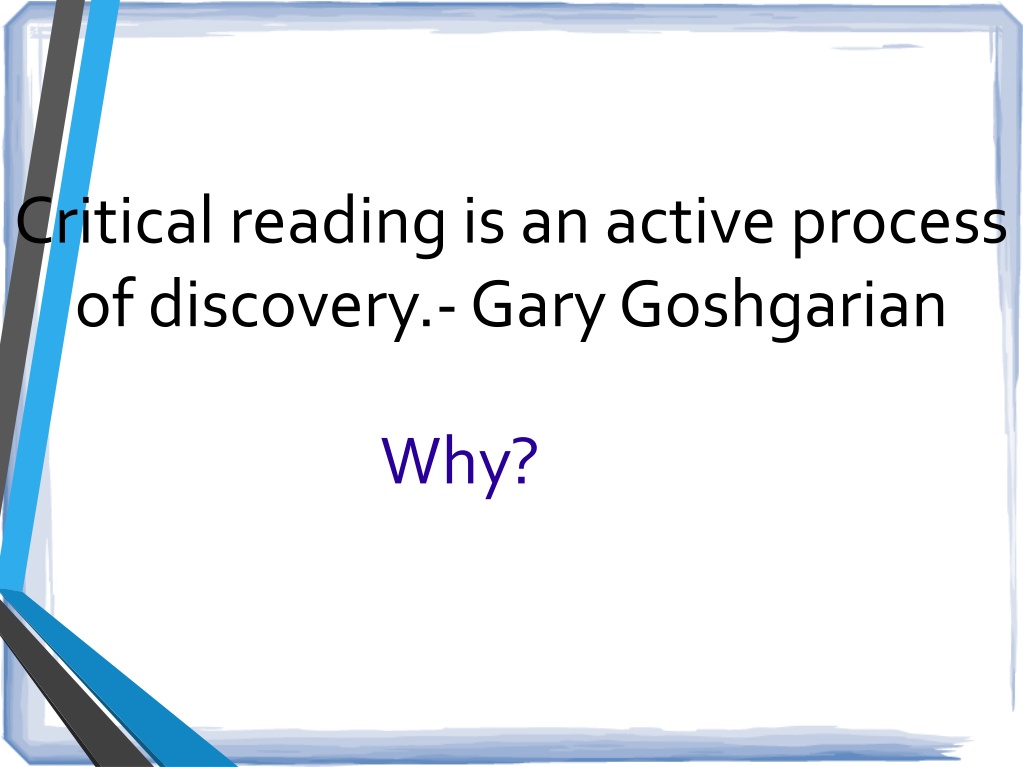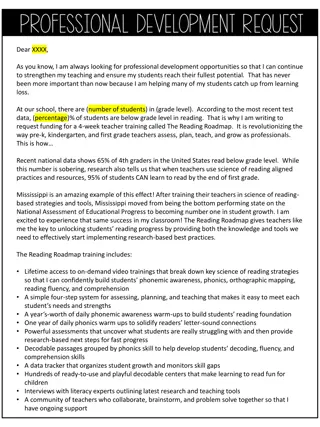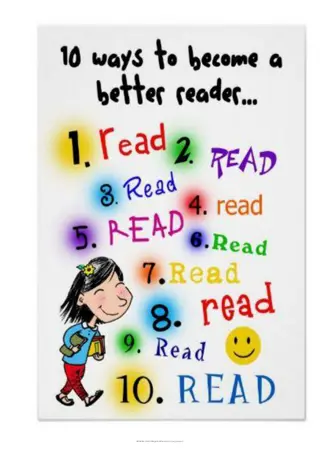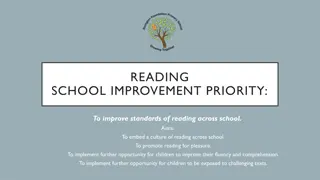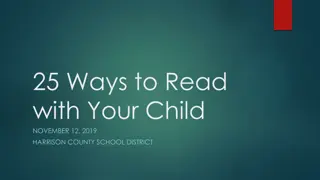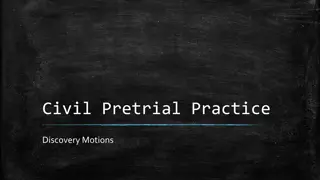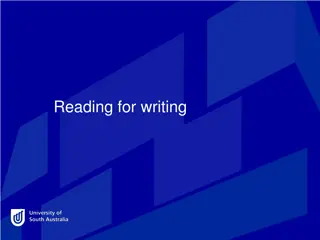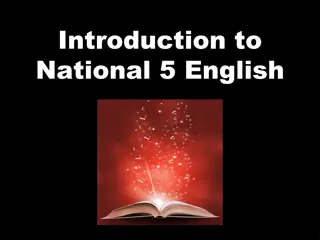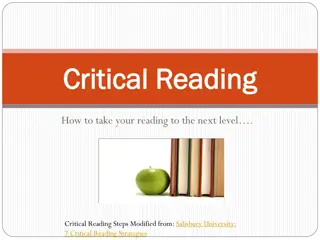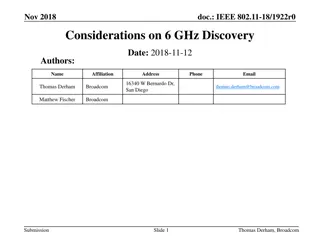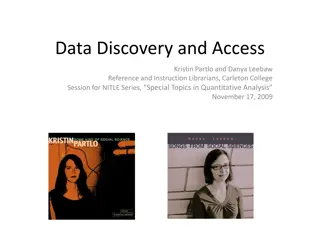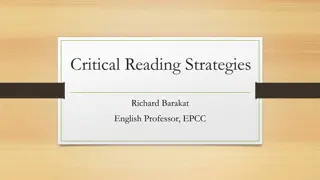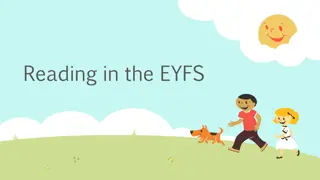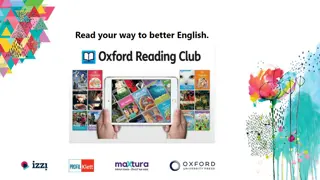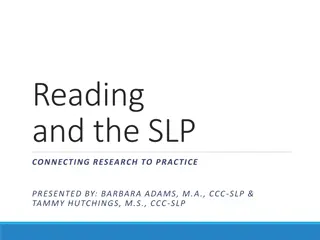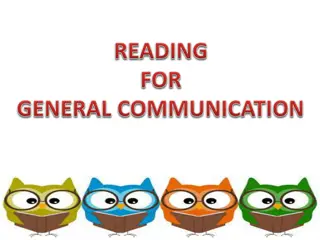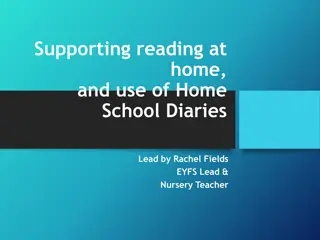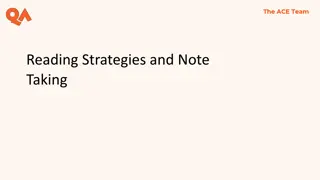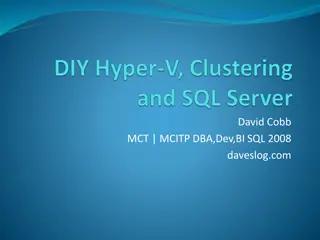Enhancing Critical Reading Skills for Active Discovery
Critical reading is an active process of discovery that involves questioning information, interacting with the writer, and scrutinizing text. By annotating, outlining, and engaging critically with content, individuals can develop skills to become more adept at analyzing and interpreting information effectively.
Download Presentation

Please find below an Image/Link to download the presentation.
The content on the website is provided AS IS for your information and personal use only. It may not be sold, licensed, or shared on other websites without obtaining consent from the author.If you encounter any issues during the download, it is possible that the publisher has removed the file from their server.
You are allowed to download the files provided on this website for personal or commercial use, subject to the condition that they are used lawfully. All files are the property of their respective owners.
The content on the website is provided AS IS for your information and personal use only. It may not be sold, licensed, or shared on other websites without obtaining consent from the author.
E N D
Presentation Transcript
Critical reading is an active process of discovery.-Gary Goshgarian Why?
Critical reading is an active process of discovery.-Gary Goshgarian
Map out your answers by writing words/phrases that you associate with critical reading, active, and process of discovery. Write as many words as you can. Discuss your answers.
How would you react on the following statements? Girls most likely do well in academics during high school years but boys get ahead in college. Female teenagers are more concerned with their physical appearance than male teenagers.
If you question the validity of the statements by asking the person to give the basis for his/her assertions, then you are one step closer to becoming a critical reader.
What is critical reading? It involves scrutinizing any information that you read or hear. Not easily believing information offered to you by a text. Critical reading is an active process of discovery because when you read critically you are not just receiving information but also making an interaction with the writer.
Ways to help you become a critical reader 1. Annotate what you read - One of the ways to interact with the writer is to write on the text. -You can underline, circle, or highlight words, phrases or sentences that contan important details, or you can write marginal notes asking questions or commenting on the ideas of the writer. -You can create your own style of annotating text.
2. Outline the text Outline- it is a useful tool in writing because it allows you to organize your identify areas to be included in your write-up. thoughts and
In order to fully engage in a dialogue with the text or with the writer of the text, you need to identify the main points of the writer and list them down so you can also identify the ideas that the writer has raised to support his/herstand.
Kinds of outline 1. Cluster/Semantic Map/Web -main topic is placed at the centerand related words are identified and connected 2. Venn Diagram -used in comparing and contrasting two entities
Outline Formats 1. Traditional Outline-composed of Roman numerals, numbers, and letters 2. Modern Outline-made of numbers and decimals (mixing the two formats is not accepted)
Traditional Outline I. Preliminary Period A. Definition of Organizational Communication B. Directions of Information Flow C. Organizational Roles 1. As an individual 2. As groups
II. Midterm Period A. Oral Communication Approaches 1. Traditional 2. Contemporary B. Recent processes in Oral Communication C. Cureent Issues, Perspectives, and Trends
Modern Outline 1. Preliminary Period 1.1. Definition of Organizational Communications 1.2. Directions of Information Flow 1.3. Organizational Roles 1.3.1. As an individual 1.3.2. As groups
2. Midterm Period 2.1. Oral Communication Approaches 2.1.1. Traditional 2.1.2. Contemporary 2.2. Recent Processes in Oral Communication 2.3. Current Issues, Perspectives and Trends
Activity Read the selection carefully and write an outline using any of the formats.
Julie is one person with ordinary hobbies. She loves to read a lot. Among her favoritereading materials are storybooks, newspaper, and funny comics. She loves to watch television especially the telenovelasat night like Super D, Dolce Amore, and Probinsyano. And of course, she loves to eat. Her favorite foods are cakes, bread, and sisig. Julie's life simply revolves within these hobbies. It may be very simple and ordinary but she said she's finding happiness and contentment in them.
Julie is one person with ordinary hobbies. She loves to read a lot. Among her favorite reading materials are storybooks, newspaper, and funny comics.
She loves to watch television especially the telenovelasat night like Super D, Dolce Amore, and Probinsyano.
And of course, she loves to eat. Her favorite foods are cakes, bread, and sisig.
Julie's life simply revolves within these hobbies. It may be very simple and ordinary but she said she's finding happiness and contentment in them.
